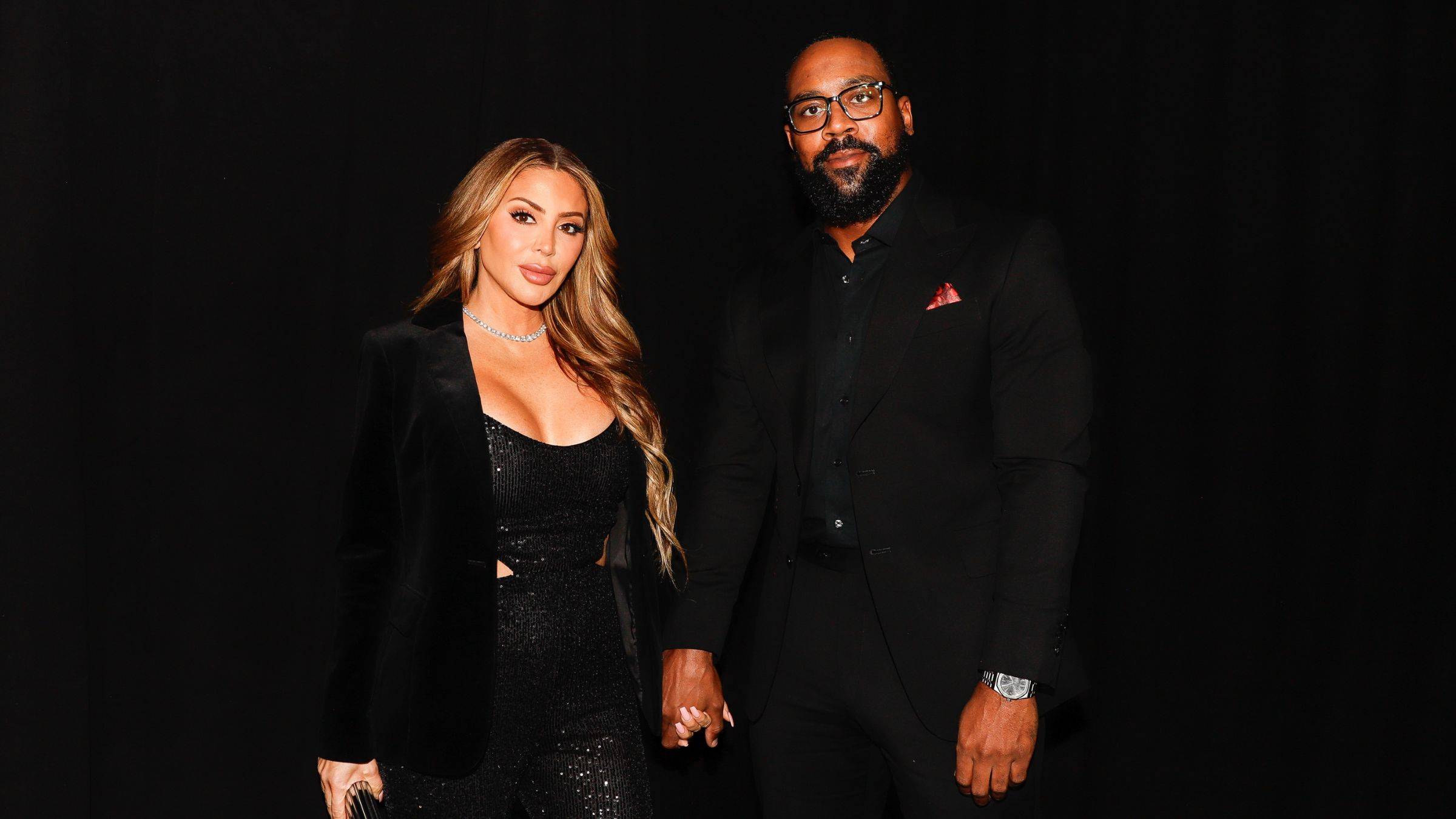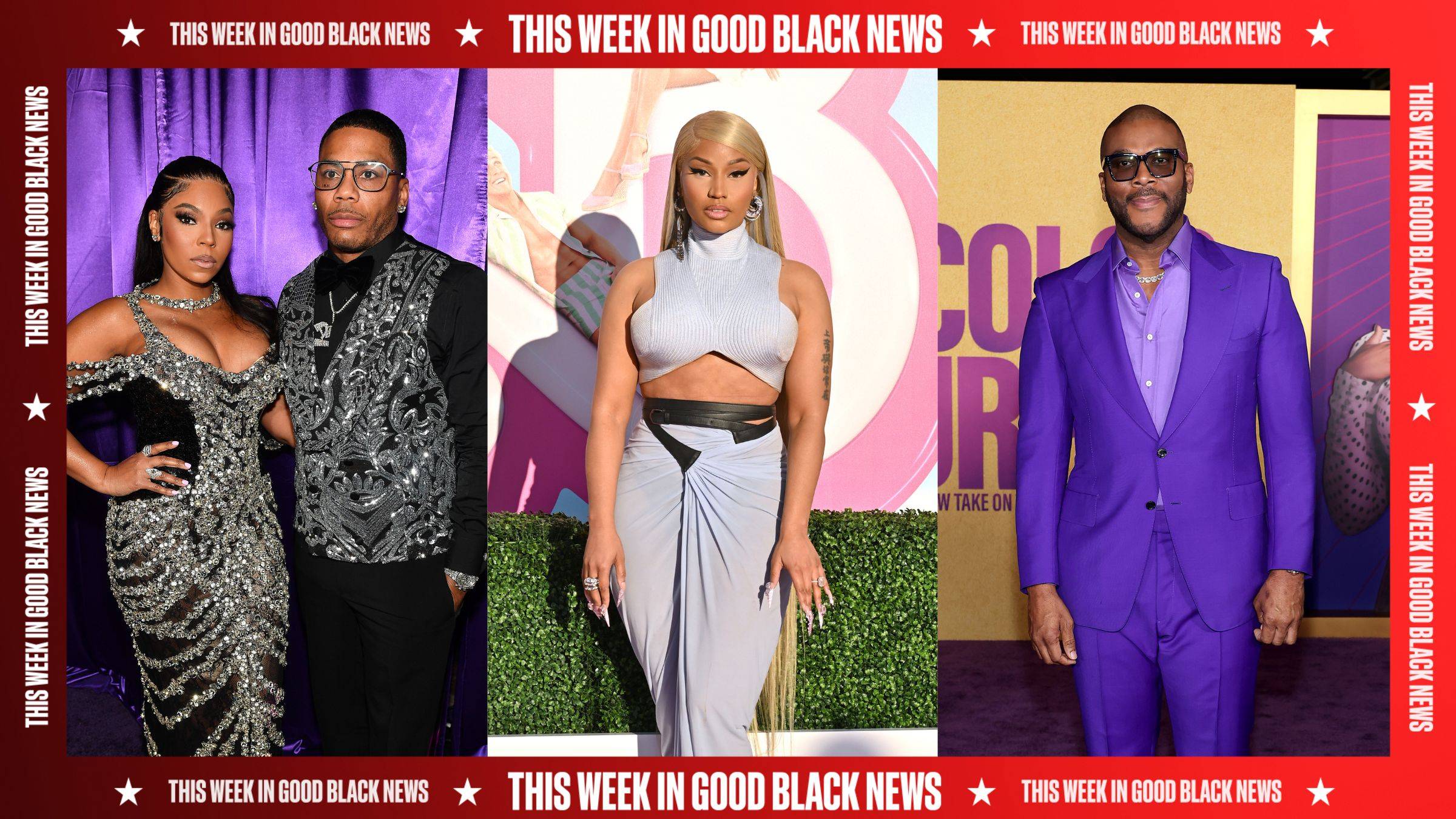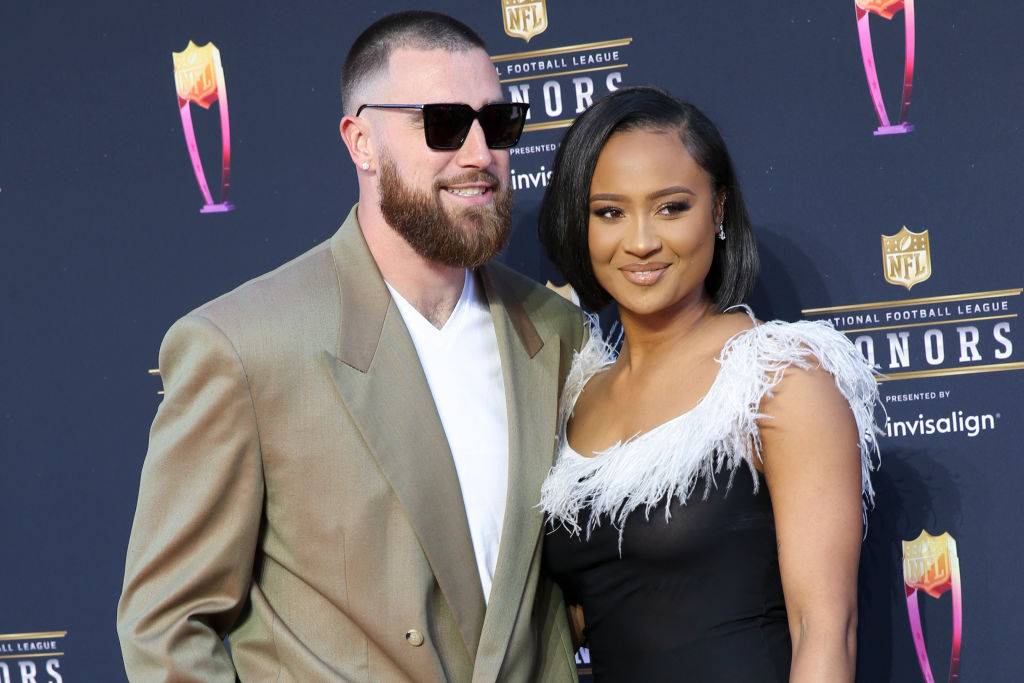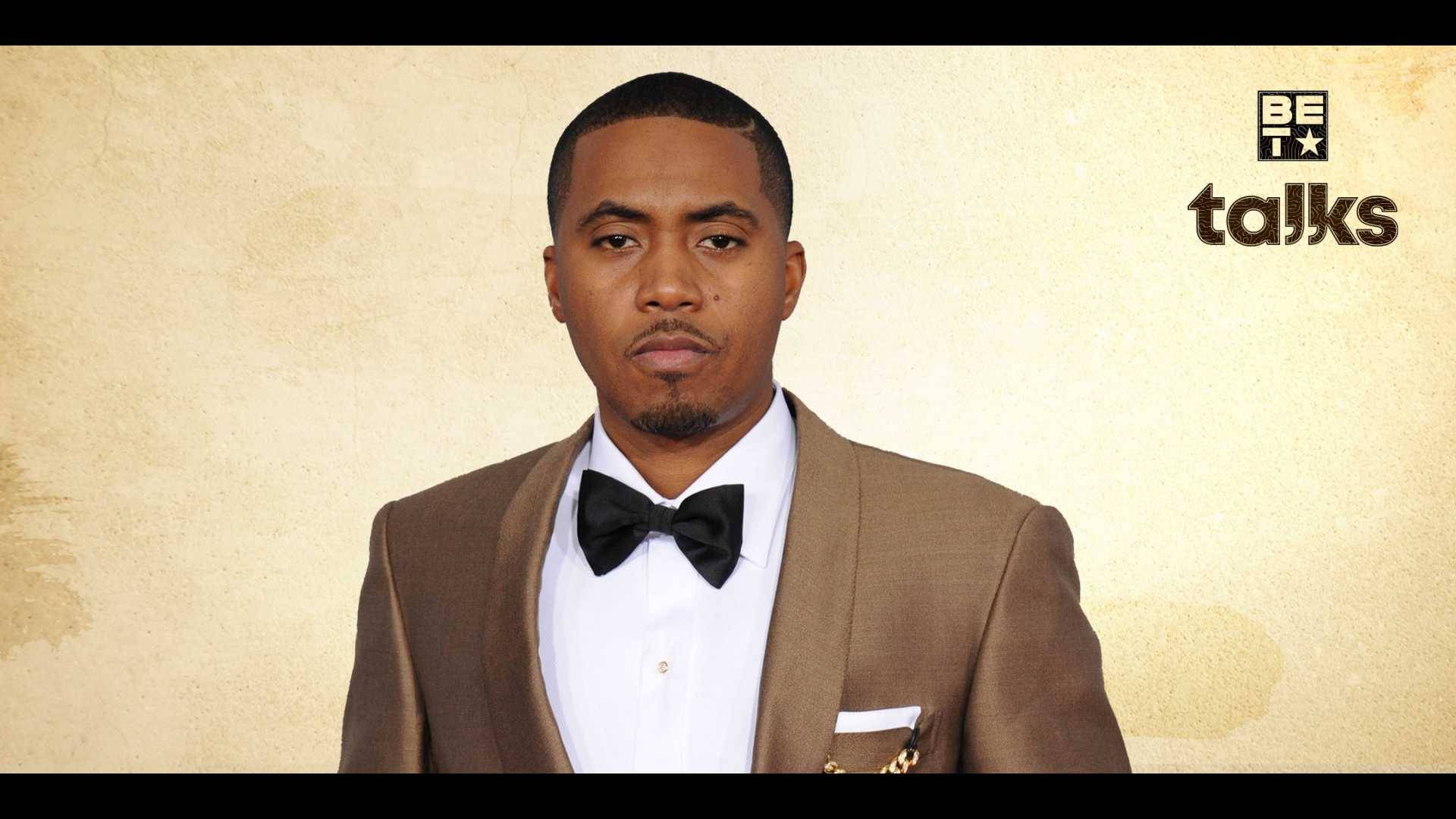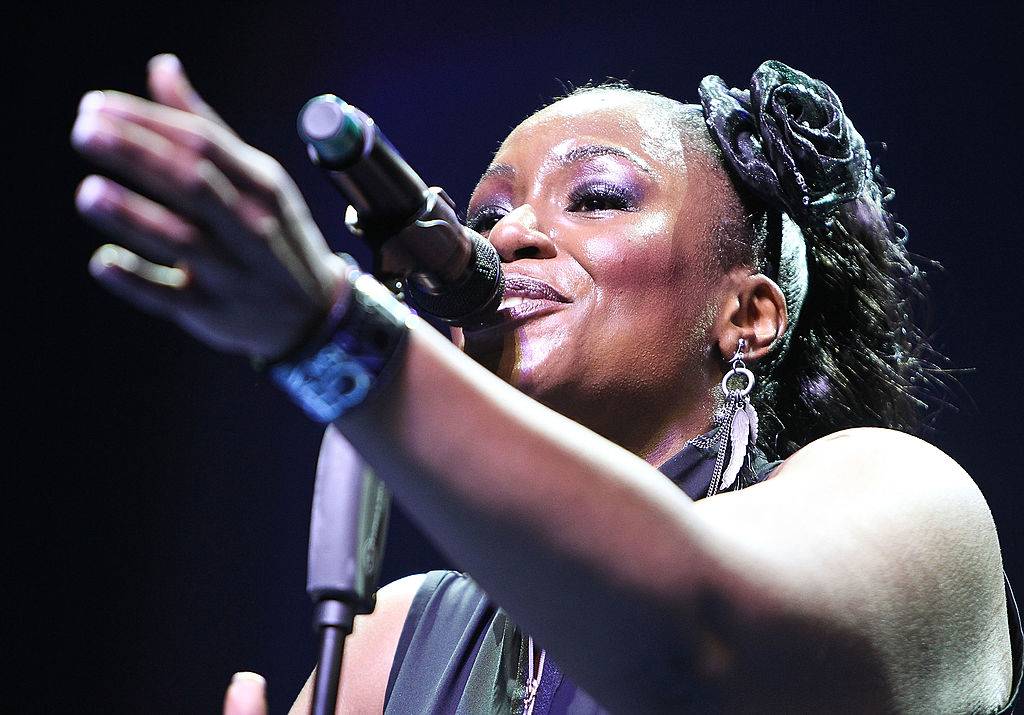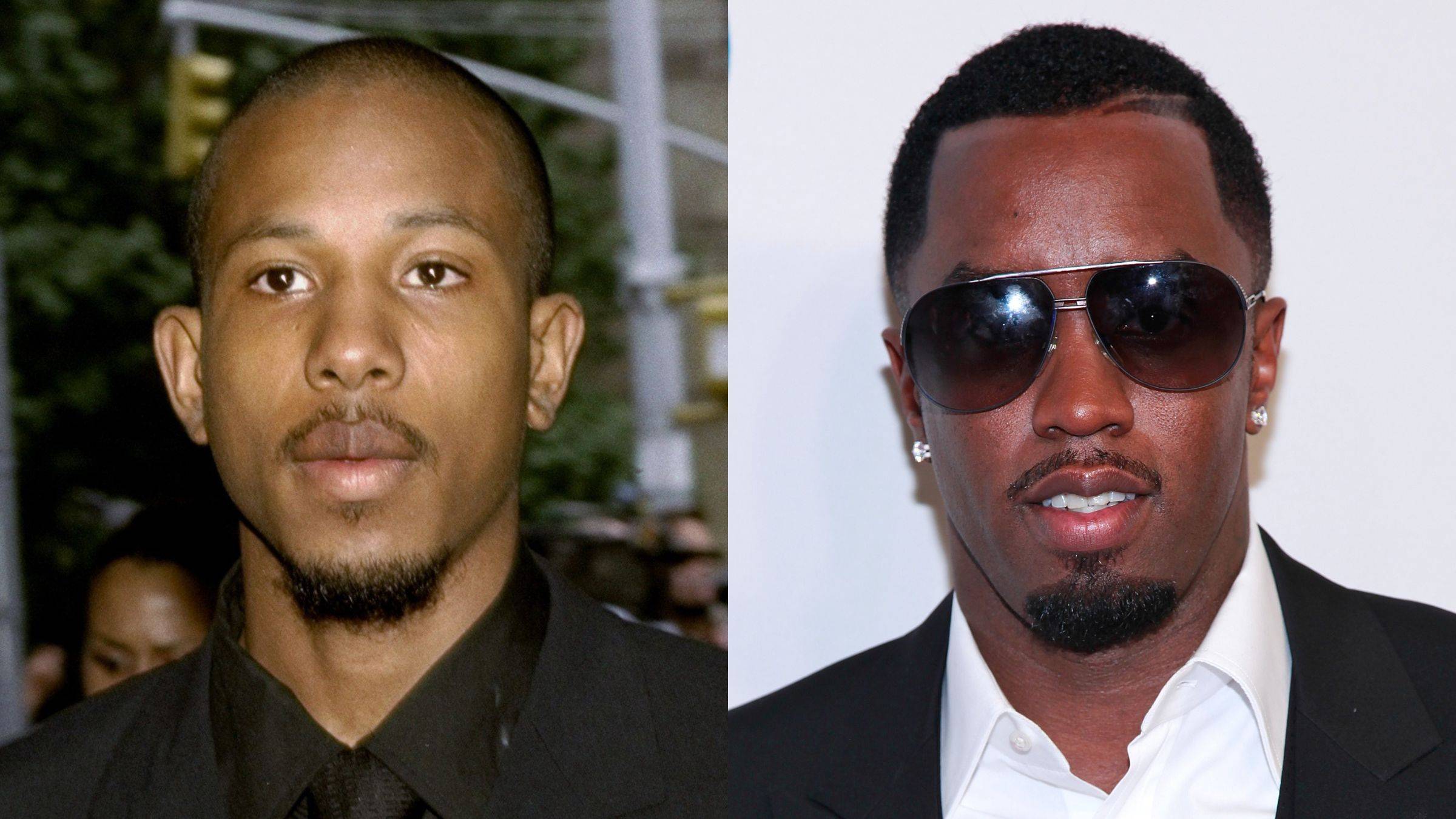Need a Kidney Transplant? Here's One Way To Get One
Of the 80,000 or so people waiting on the transplant list for a new kidney, a good chunk of them have friends or family members who would donate a kidney but can't because of a mismatch or other problem, reports HealthDay writer Serena Gordon, citing The Organ Procurement and Transplantation Network.
Sometimes, she writes, their blood doesn’t match, or they’ve developed certain antibodies that can occur through blood transfusions or in pregnancy. But, there’s no need to turn those donors away because of the concept of “paired donation.”
Under this plan, two transplant recipients trade donors. Operations are done simultaneously in four operating rooms, just to make sure no one backs out once their loved one has received a new kidney. Donation chains allow for more people to receive transplants and once a match has been made, it's easier than trying to coordinate four simultaneous surgeries, Gordon writes.
We've now transplanted 19 people through NEAD chains," study author Dr. Michael A. Rees, director of renal transplantation at the University of Toledo Medical Center, told her. "We've started six NEAD chains. The first one is 10 in length, the second is five," he said, adding that he hopes each chain never ends.
From the first donor chain, 10 transplants have been done in four states, including three that were done simultaneously at Johns Hopkins. None of the donors in the chain have reneged on their promise to donate an organ.
Living donations don't always go to the sickest person, as deceased organs do, according to Dr. Kenneth Andreoni, chairman of the subcommittee for national kidney paired donations at UNOS, the agency that directs the allocation of donated organs. But he said that NEAD chains can help reduce the time people spend on a waiting list, simply by reducing the list's size.
The more you can get transplanted, the more access people on the list have to deceased donors. It's really a win-win situation," Andreoni said. But he added that because of the complexity of managing NEAD chains, it would be better to have a national list of recipient-donor pairs, so that as many pairs as possible can be matched up -- without having to create a chain.
